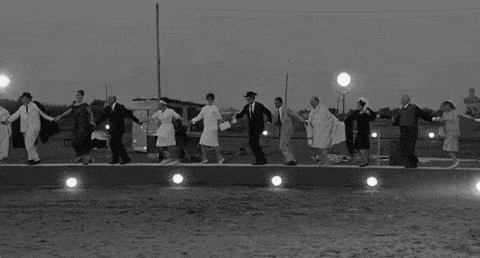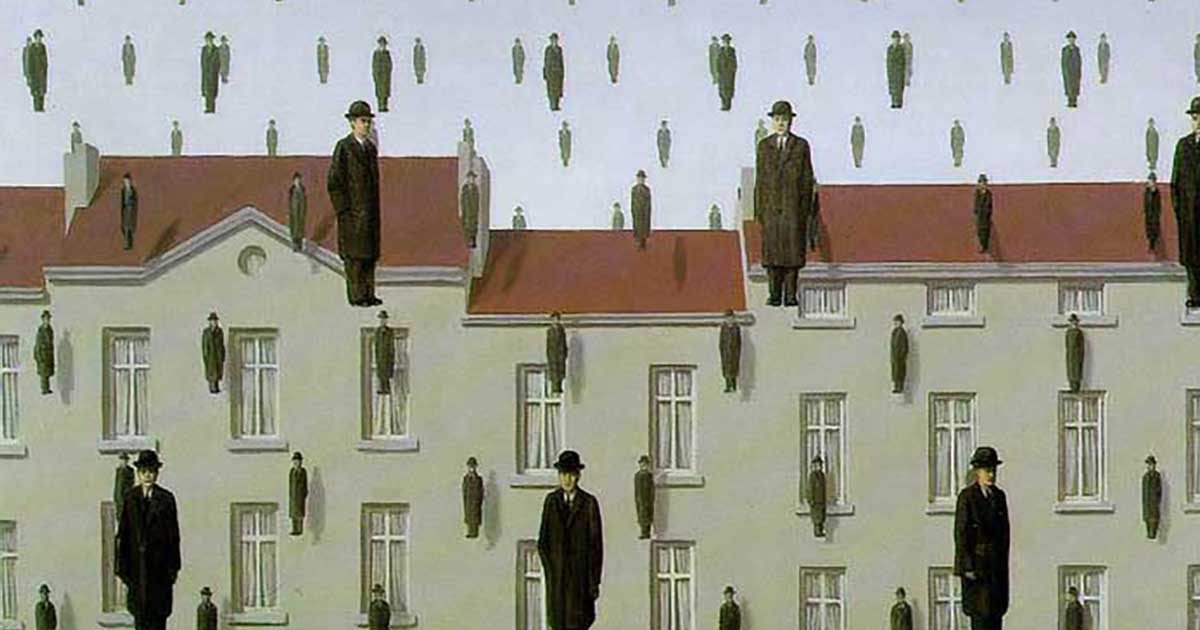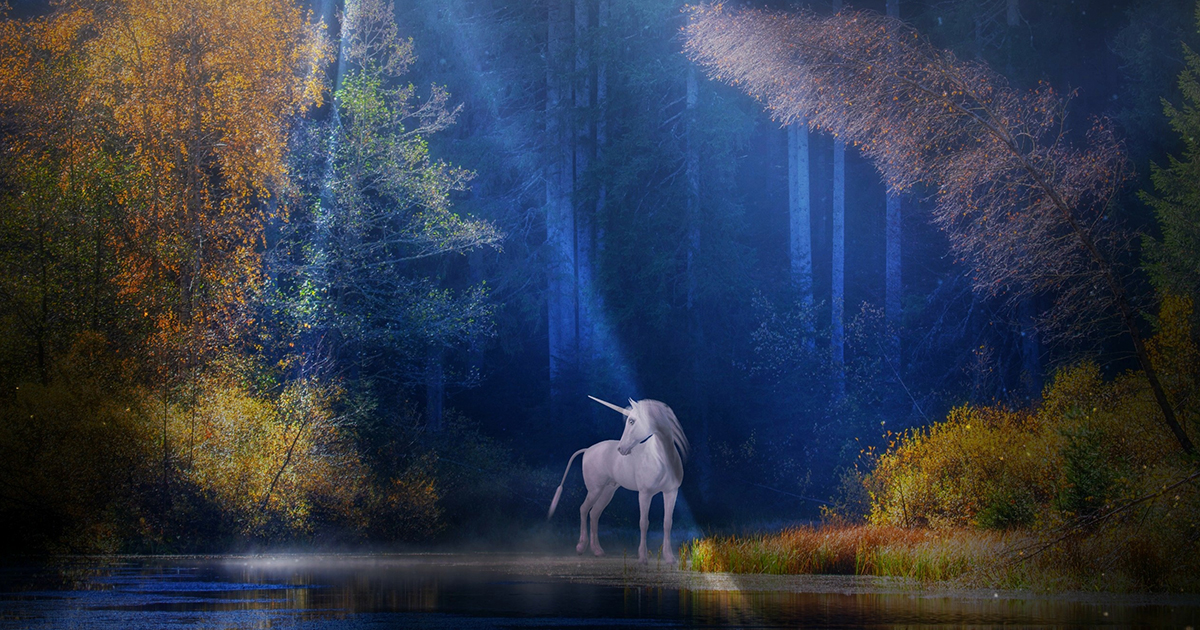
READ MORE: Creator-educators: the true opportunity of the creator economy (Creator Science)
It may be easier than ever to make money posting content online but that doesn’t mean to say it isn’t hard. In fact, the biggest opportunity for millions of potential content creators is not to take on legacy media, but to challenge legacy education.
Jay Clouse, blogging at Creator Science, runs through the math and concludes that if your goal is to earn a reliable living through a direct relationship with your audience, it’s a much shorter and less tumultuous path for creator-educators.
While the likes of MrBeast and Logan Paul make all the headlines and turn a lot of profit, only 15% of creators earn more than $50,000 each year— and 12% of them consider themselves full-time, according to LinkTree’s 2022 Creator Report.

READ MORE: 2022 Creator Report (LinkTree)
To make any sort of living a content creator also needs be a self-motivated, “talented, headstrong” entrepreneur,” says Clouse. They will ideally possess a wide array of skills, including “earned insight, writing or speaking ability, comfort on camera, technical competency, discipline, business acumen and financial literacy.”
The latter is pretty essential since Clouse runs the numbers and says just getting 1,000 viewers to spend $100 on your products and services a year is hard.
“If you want to earn $100 (in profit) from a customer, you need to create something that’s a perceived value five to 10 times that of a monthly Netflix subscription.”
CRUSHING IT IN THE CREATOR ECONOMY:
The cultural impact a creator has is already surpassing that of traditional media, but there’s still a stark imbalance of power between proprietary platforms and the creators who use them. Discover what it takes to stay ahead of the game with these fresh insights hand-picked from the NAB Amplify archives:
- The Developer’s Role in Building the Creator Economy Is More Important Than You Think
- How Social Platforms Are Attempting to Co-Opt the Creator Economy
- Now There’s a Creator Economy for Enterprise
- The Creator Economy Is in Crisis. Now Let’s Fix It. | Source: Li Jin
- Is the Creator Economy Really a Democratic Utopia Realized?
Sure you can add in sponsorship and ad revenue, but all of that undercuts the value a creator can derives from each subscriber with the revenue flowing to a third party.
Clouse thinks he has unearthed an opportunity by identifying three main types of creators: Creator-entertainers, Creator-educators and Creator-edutainers.
Creator-Entertainers
Creator-Entertainers are focused on entertainment. MrBeast, Charli D’Amelio, Emma Chamberlain and Logan Paul are some of the headline acts who all want you to enjoy their content, happily pass the time, and generally provide an escape for the audience.
The business model is predicated on larger audiences, time spent together, and creating value for third parties (advertisers or platforms like YouTube or Instagram).
These creators are competing for the leisure part of your day — competing with the likes of Netflix, Hulu and Disney+.
Creator-Educators
Creator-Educators, on the other hand, are focused on education and knowledge transfer. According to Clouse, they want you to upskill, increase competency, and help their audiences grow and improve. Leaders here include Justin Welsh, Grammar Girl, Tim Urban and James Clear.
The business model is predicated on helping their audience achieve tangible transformation and potentially even a financial return on investment. These businesses typically have smaller audiences, but also lower cost of goods, higher lifetime value, and are far less reliant on creating value for third parties.
These creators are competing with the time you spend working, learning in class or at school, getting better, or trying to learn new skills.
Creator-Edutainers
This third group of Creator-Edutainers package transformation and knowledge transfer into entertainment value. Check out: Ali Abdaal, Alex Hormozi, Miss Excel, Masterclass and Webflow University’s training library.
According to Clouse, these creators have the best of both worlds — they have the more efficient monetization opportunities of creator-educators, while attracting a larger audience much like creator-entertainers.
Creator-educators can blow past the $100 profit/customer framework. As creator economy guru Li Jin writes on her website, creator-educators can likely achieve the same success with 100 true fans.
READ MORE: 100 True Fans (Li Jin)
“That means that as a creator-educator, not only can you quickly realize the promise of the creator economy and earn a living, but you can also build a very large business as your audience scales. I’ll be the first to say that there are fantastic colleges out there that provide some of the best education on the planet…. but 20 million students can’t attend the Ivy League every year.”
The face of education is changing — and creators are becoming that new face.
If you believe Clouse, that is the real opportunity of the creator economy.



